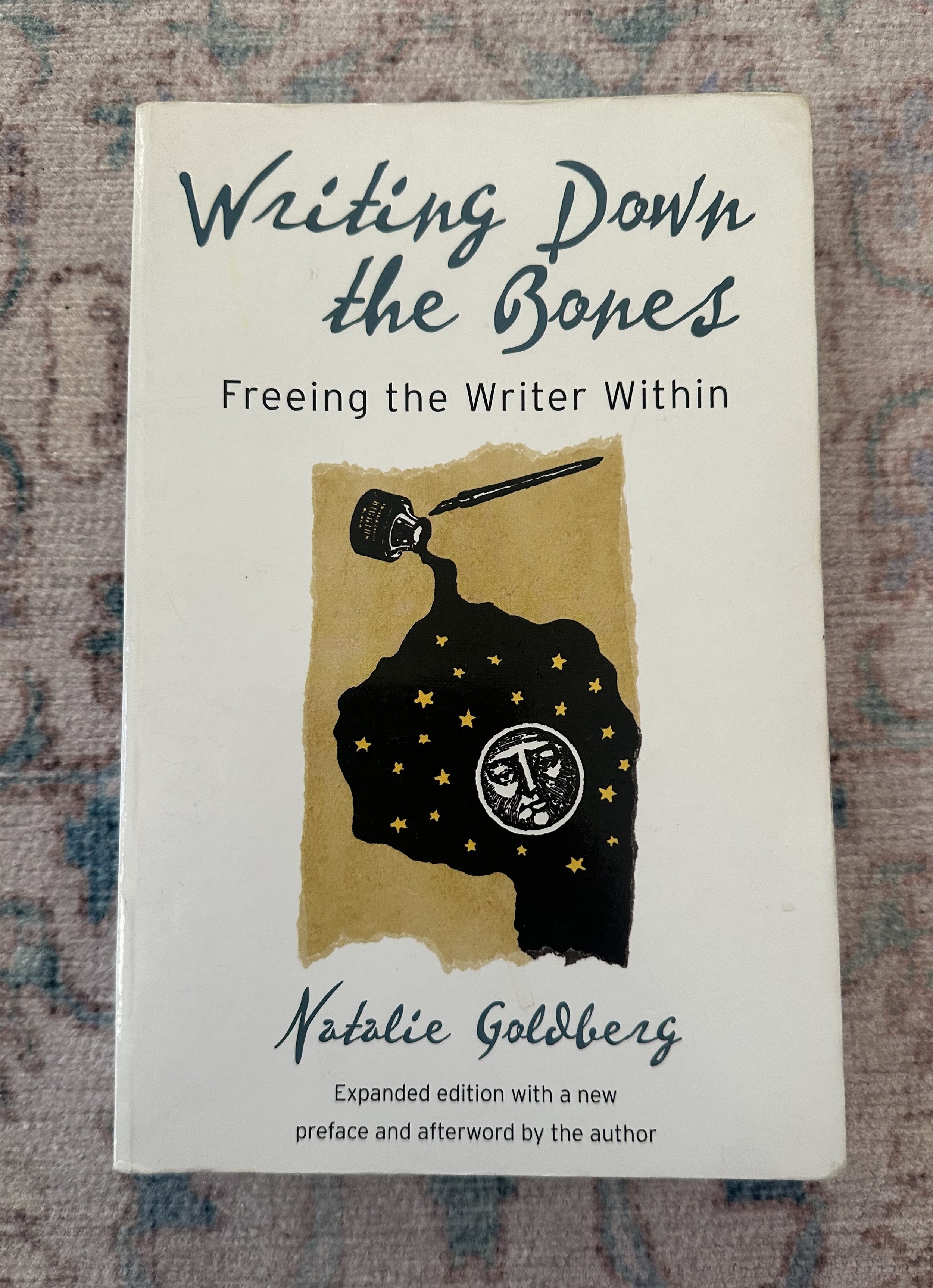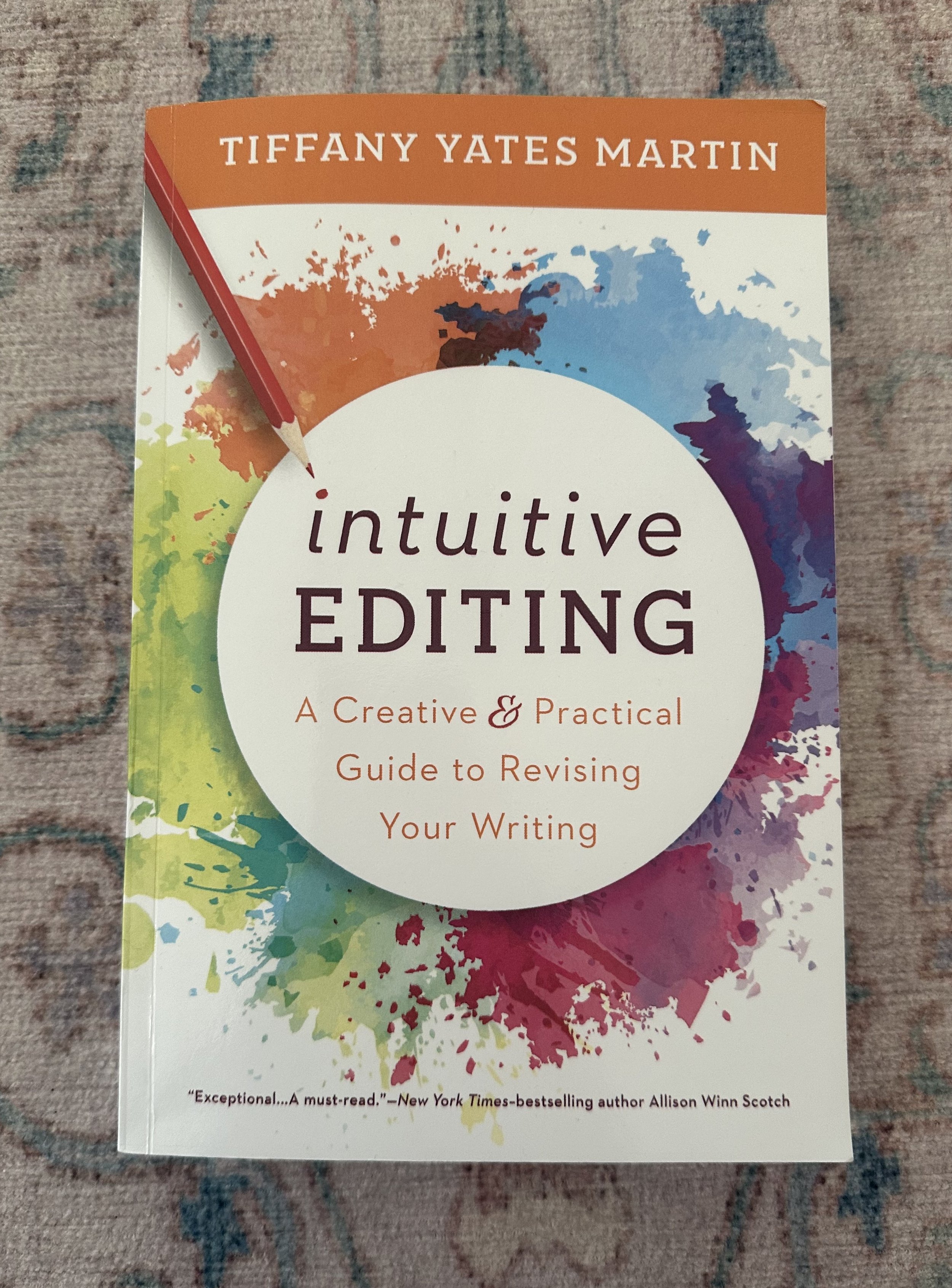Twelve books for writers: A holiday Gift book Guide
It’s that time of year to find the perfect gift for the writer in your life. Below are twelve books to help writers advance their craft. Happy Holidays!
book 1
I love this book and if I could only recommend one book to romance writers, this would be the one. Why do I love it so much? Because it’s streamlined, doesn’t get lost in semantics, and gets to the heart of the matter immediately - pun intended. From “the ordinary world,” to the “met cute,” to the “dark night,” to the “happily ever after,” and everything in between, readers walk away knowing what they need to include to stay true to genre. Gwen tells you what every great romance book requires without overcomplicating matters. Extra bonus points for addressing non-heterosexual relationships.
Book 2
Write Naked is an inspiring book with amazing quotes sprinkled throughout to lift your morale and keep you going. The greatest takeaway from this book is the necessity of being naked in our truth as writers. While we may be writing fiction, readers still want to walk away with a human experience. This requires vulnerability on the part of the author. We must dig deep and pick at the parts of humanity that aren’t pretty, but are relatable and ultimately unifying. Though her primary focus is on writing romance, this book addresses so many other topics, it transcends genre alone. Jennifer also addresses the life of the author and how to nurture creativity, productivity, self-care, and more.
book 3
This was one of the first books I picked up on the art of writing romance and it remains a favorite. Victorine takes one of her own published romance novels and dissects it at every important structural stage, such as the necessary “meet cute.” She explores her character’s wounds, their arc of change, and so forth. Having excerpts from her book, offers concrete examples of what these story beats look like. She also explores why it’s important to include certain beats and how to do this. If you like thorough examples and detailed explanations, this is your book.
Book 4
This book is inspirational and encouraging for writers and artists alike. As a practicing meditator, Natalie’s philosophy comes across as inherently wise and accepting of all the intricacies of the writing life. She addresses creativity, productivity, routines, self-care, revision, and more. She approaches topics in a non-dogmatic way and instead acknowledges how hard it is to be a creative human being. She offers guidance in how to overcome common hurdles along the writing journey. Readers walk away feeling validated, encouraged, and empowered.
Book 5
Though Twyla’s background is in dance and theatre, she addresses the core of what it means to be a creative and offers wise advice on how to keep that creativity rich, primal, and authentic to one’s self. She shares what works for her in terms of stoking the fires of creation, and tips for making creativity a habit. There are beautiful and inspiring quotes throughout, and readers walk away feeling invigorated to create. As an artist who has bucked the rules herself, she gives permission for her readers to to the same - a freeing sentiment amongst a sea of books that say otherwise.
book 6
Tiffany approaches editing first at the macro level and then at the micro level, helping authors to be efficient during their revision process. At the macrolevel, she addresses character arc, stakes, and the plot. Once the author strengthens these elements, they can then move on to the microedits which focus on suspense and tension, point of view, showing and telling, structure, momentum and pace, and voice. Though her book is structured to address each aspect of writing a manuscript, and may seem technical, she approaches the process acknowledging the greatest tool of all is the author’s intuition. Readers will walk away prepared to tackle their revisions, and will view revision as an opportunity to improve their story instead of something to feel intimated by or fearful of.
Book 7
Show, don’t tell, is one of the more frustrating concepts for writers to nail down and understand. Full disclosure, it’s something I continue to struggle with but this book and others, have helped demystify the process. This book keeps things simple and offers great examples of what showing and telling each look like. Readers will walk away feeling they have a better understanding of how to tackle this common challenge.
Book 8
This well loved book is in it’s 30th edition and addresses different aspects of writing in various fields such as sports, science, arts, technology, business, memoir, and more. William is proficient in the English language in terms of proper use, grammar, and more, but he doesn’t harp on this more than he needs to -that’s what editors are for. Instead, he approaches writing from a place of wanting to connect with readers, honing the importance of being your authentic self as a writer, and offering your unique take on life, whatever that may be.
Book 9
This book addresses revision in macro and micro editing format. Though this book is helpful and informative, enhancing any writers understanding of what should be edited and how to do it, I found it difficult to get through. With that said, I do go back to it and look at my notes and highlighted sections. She references the Great Gatsby throughout the book, and I know I’m in the minority here, but it wasn’t my favorite book so it made some of her examples less helpful for me. There are still plenty of gems to behold here and several writers swear by her work.
Book 10
Characters are the heart of any story. If your readers don’t care about the characters, they won’t care much about anything else that transpires. This book addresses how to build characters, what to tune into, and at what point in the structure should certain character development points show up. This book is a thorough and approachable look at building remarkable characters. If I could improve this book at all, I would include more diverse genre examples than those he used, as he used a lot of action, and marvel-type examples.
book 11
This book is great for helping writers express body language indicative of various emotions. They also discuss cognitive reactions and physiological responses as well. One commentary is that the examples of body language from one emotion to the other aren’t all that different or unique. Upon further analyzation, I realize that most of our body language is communicated through micro movements and therefore is very difficult to express in words. For instance, the smallest dilation of a pupil, or the mouth turning horizonal, are hard to express with words without sounding robotic. It’s one of the few books out there that even address this, so for now, this is my favorite emotional thesaurus.
book 12
Love this thesaurus. Though I still use an online thesaurus, this provides better explanations and the synonyms are more exacting. There is also a great section that addresses animals, cooking terms, colors, dance forms, and more. A great tool for any writer.












